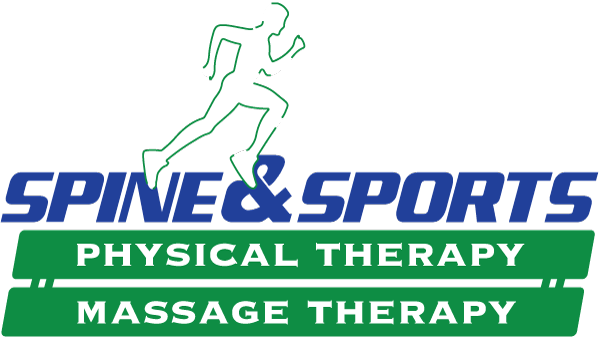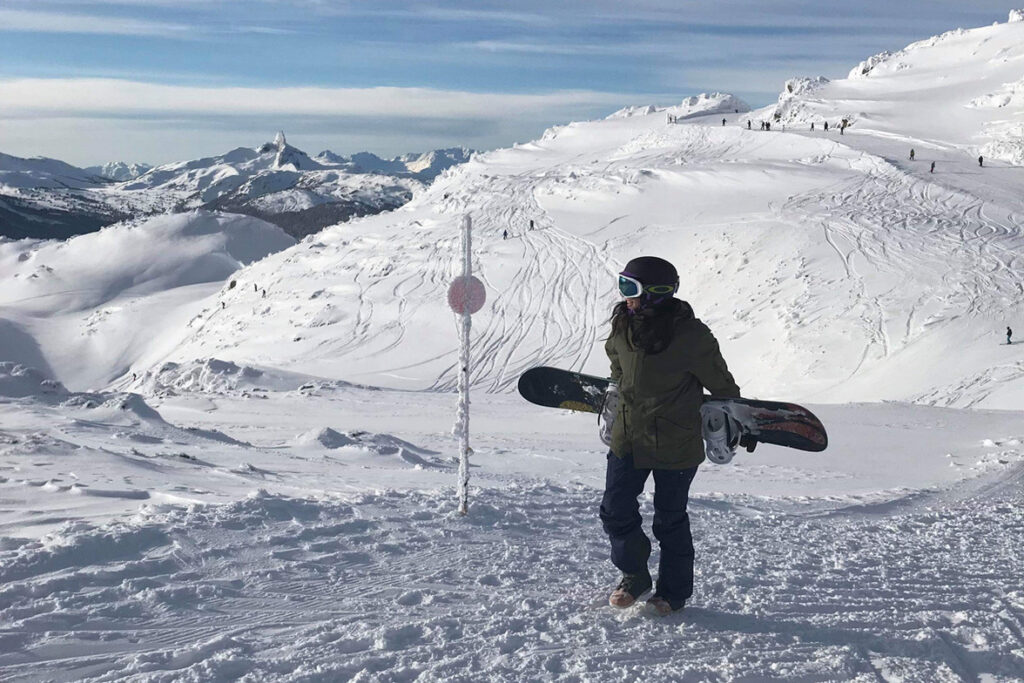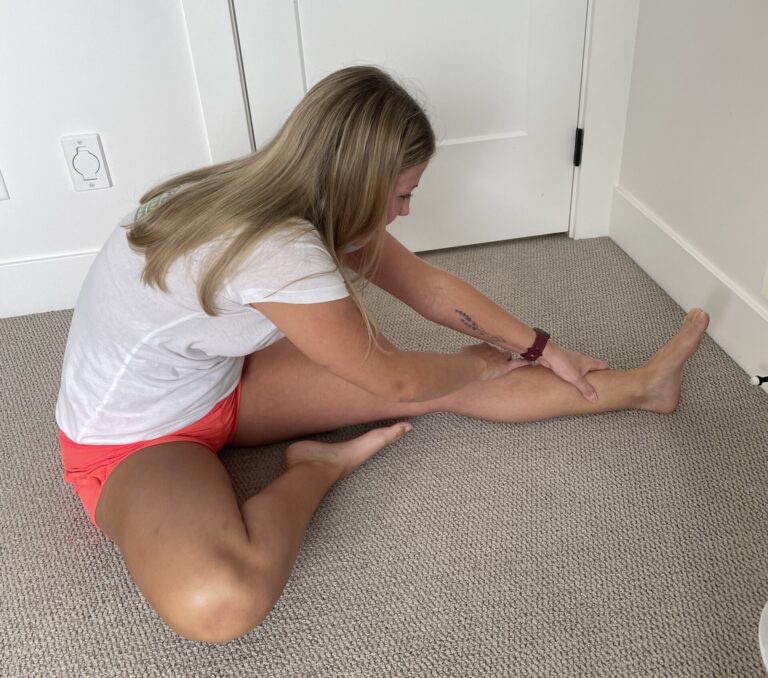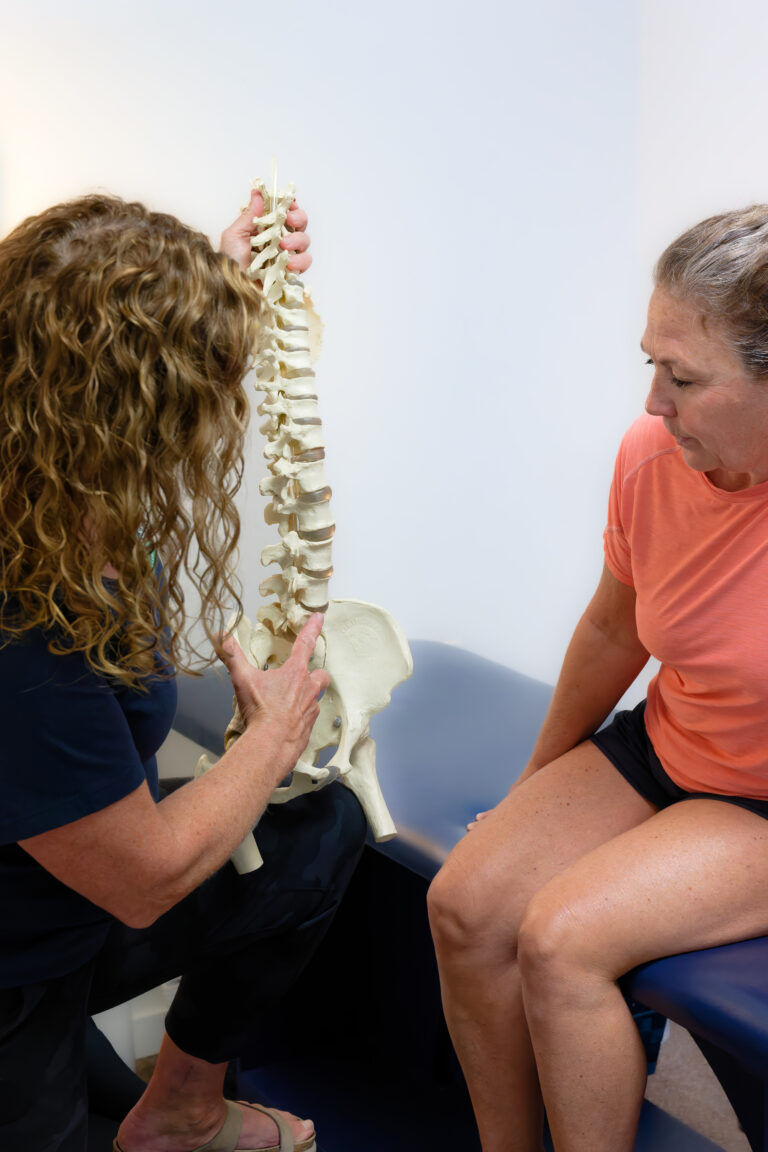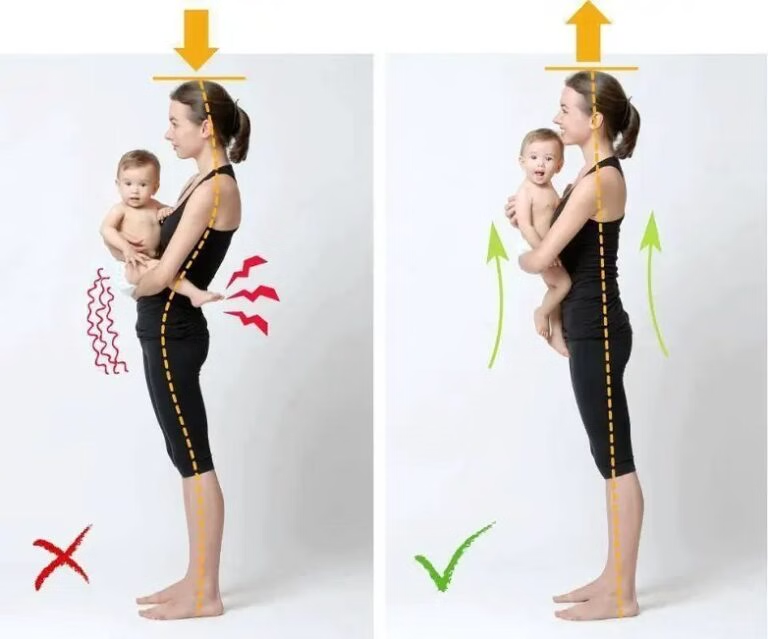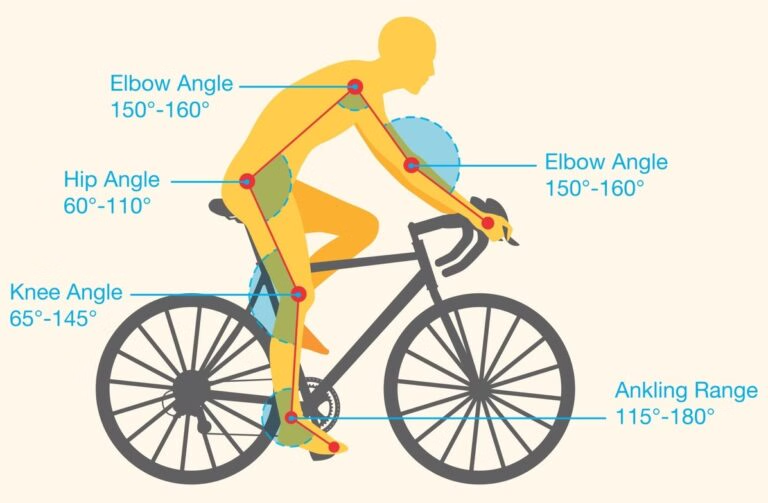The ski and snowboard season is in full swing now and with more powder in the coming weeks no one wants to have a season ending injury, especially those that are completely preventable.
Very few skiers and boarders can be seen at the hill in the early morning performing a warm-up before hitting the slopes, yet it is just as important to the sport as any other, to prepare our body for physical activity. A proper warm-up and stretching program can prevent muscle imbalances, injury and improve our bodies ability to perform during physical stress. When the bodies muscle groups are cold, a reduction in blood flow circulation occurs resulting in less agile and flexible responses to stresses applied. A dynamic warm-up can be described as a progression of moving the body in general motions, to sport specific movements with a goal of preparing the body for the sport. A 5-10 minute dynamic warm-up of the legs and trunk will raise body temperature, prep the cardiovascular system, and attune the bodies balance and coordination systems. For these reasons this type of warm-up is more suitable prior to beginning any sport than the traditional static stretching which we will cover later on.
The following stretching program is designed for skiers and boarders who do not have any current injuries or individual stretching needs. If you have an injury, or a specific mechanical imbalance that may be holding back your skiing or snowboarding performance, your physiotherapist can design a stretching program just for you.
Pre-ski dynamic warm-up with skis off:
Jogging/running on the spot, or pick a small slope at the hill to run up several times to increase your heart rate and warm the muscles of the legs
Standing leg swing: Using your poles or board for balance begin by slowly swinging one leg forward and back like a pendulum, keeping the knee straight. Do not “fling” your legs without control to avoid sprains/strains.
- Change by turning your toes out while swinging to work the inner and outer aspects of the hips and legs.
- Change the motion to bending the knee as you swing it forward to a knee high position.
Standing Trunk rotations: hold your poles or board behind the small of your back while rotating at the torso.
- Change the stance to leaning forward at the waist and bending the knees slightly.
Arm circles: With poles off swing the arms in a windmill motion both forward and back.
- Change the motion by having one arm move in opposite direction of the other.
Dynamic warm-up with skis on:
Start on a beginner run with long drawn out turns to gain a feel for the snow and your edges. Gradually progress into tighter more aggressive turns to adapt your balance and coordination. This is also a good time to go through basic skills such as stop drills, speed checks, and skiing switch for more advanced skiers.
Post-ski static stretching:
This is the time to do some static stretches. Start a 10-15 minute stretching regime directly after finishing a day of skiing before the muscles have cooled completely.
Stretches should include key muscle groups used in skiing & snowboarding: hamstring, quadriceps, groin and glutes, lower back and abdominal groups. Typically stretches can be held for 30 seconds to a minute and repeated four times.
These simple warm-up and cool down programs can help to significantly reduce your risk of injury. Check with your physiotherapist for more information on these and other great tips.
